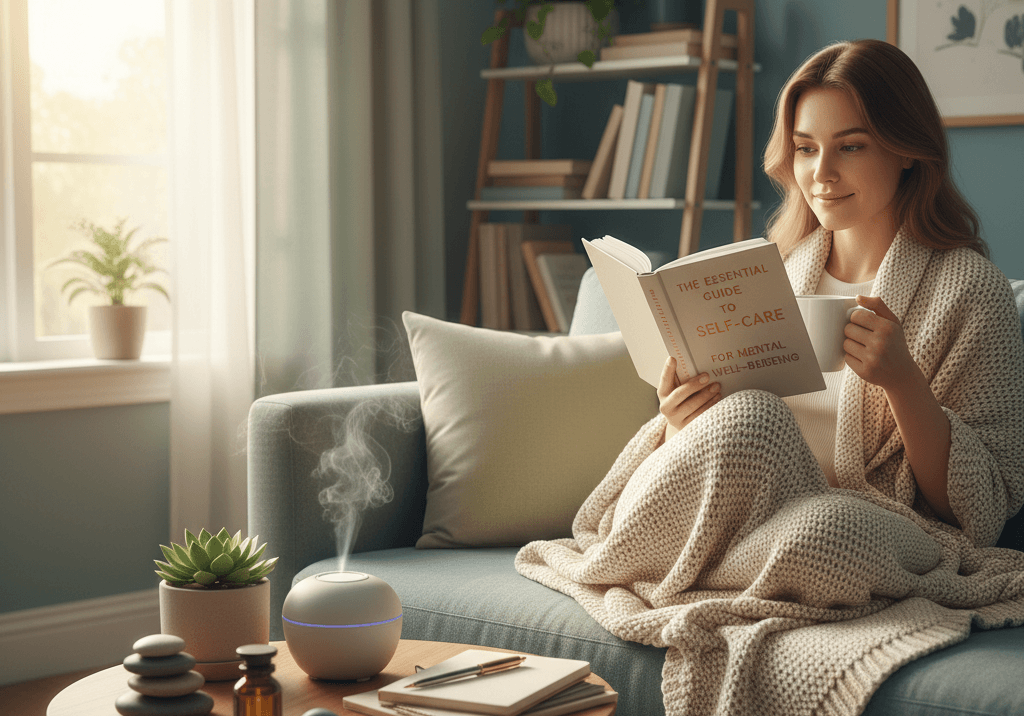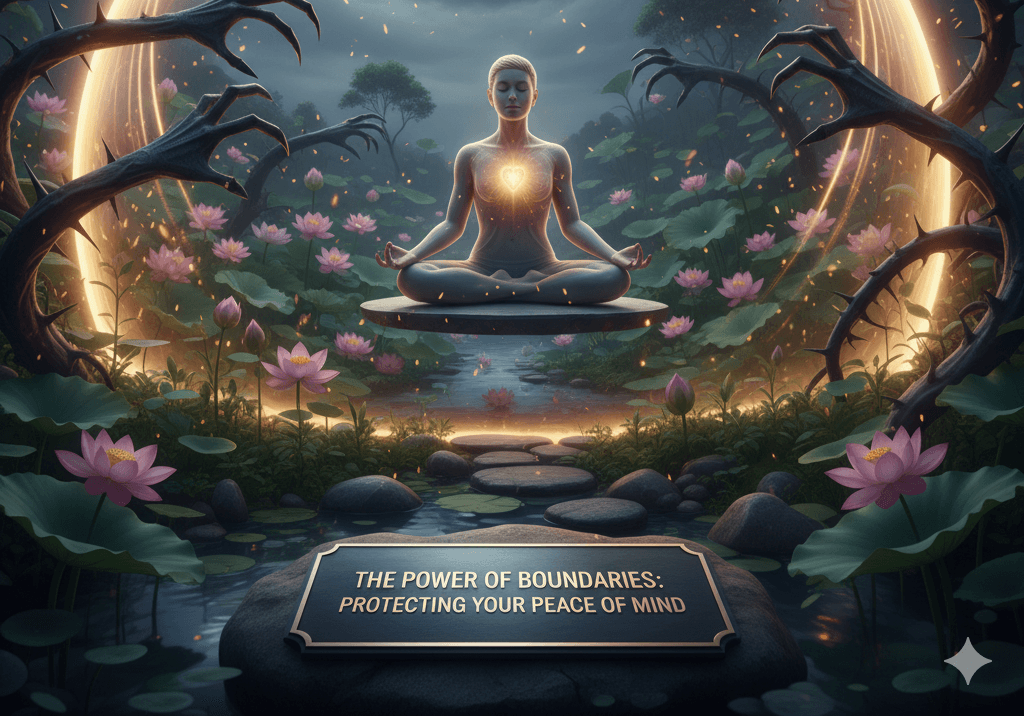In an era where the average person spends nearly two and a half hours daily scrolling through social media platforms, our digital habits have profound effects on our mental health and overall well-being. While social media offers unprecedented connectivity and information access, many users report feelings of anxiety, inadequacy, and disconnection after extended use. Mindful social media engagement presents a balanced approach—neither abandoning these powerful tools nor surrendering to their addictive design features. Instead, it offers strategies to transform our relationship with digital platforms into one that enhances rather than diminishes our mental well-being.
Understanding the Social Media Effect
Social media platforms are engineered to capture and maintain our attention through sophisticated algorithms and psychological triggers. Features like infinite scrolling, variable reward mechanisms, and personalized content create powerfully addictive experiences that can:
Recognizing these design elements is the first step toward establishing a healthier relationship with digital platforms. Rather than being passive consumers, mindful engagement transforms users into active participants who make conscious choices about their digital interactions.
Core Principles of Mindful Social Media Use
Intentional Engagement vs. Mindless Consumption
Mindful social media use begins with intention. Before opening an app, take a moment to clarify why you're logging on—whether to connect with specific people, share information, seek inspiration, or for professional purposes. This simple pause transforms aimless scrolling into purposeful activity.
Many mindfulness experts recommend implementing the "three-breath practice" before engaging with social media: take three conscious breaths, set an intention for the session, and only then begin your digital interaction. This micro-moment of awareness creates space for choice rather than automatic behavior.
Quality Over Quantity in Digital Relationships
The number of connections on social platforms often bears little relationship to genuine social fulfillment. Mindful engagement emphasizes meaningful interactions over accumulating followers or likes. Consider:
Research consistently shows that active, reciprocal social media interactions contribute to well-being, while passive scrolling tends to diminish it.
Creating Digital Boundaries
Establishing clear boundaries around when, where, and how we engage with social media represents a cornerstone of mindful digital practice. Effective boundaries might include:
These boundaries help restore a sense of agency and reduce the feeling of being perpetually available or reactive to digital stimuli.
Practical Strategies for Mindful Engagement
Audit Your Current Usage Patterns
Self-awareness forms the foundation of any mindfulness practice. Most smartphones now include screen time tracking features that reveal not only how much time you spend on various platforms but also how frequently you check them. These insights often surprise users and provide motivation for change.
Beyond quantitative measures, consider keeping a brief journal about how different social media sessions affect your mood, energy, and focus. Patterns typically emerge that can guide more intentional usage.
Implement the 5:1 Engagement Ratio
Mindful social media users often adopt a 5:1 ratio for engagement: for every five posts you consume, engage meaningfully with at least one. This practice transforms passive scrolling into active participation and helps cultivate a sense of genuine connection.
Meaningful engagement might include:
Practice Digital Minimalism
Consider applying minimalist principles to your digital life:
These approaches help create a more intentional digital environment that serves your needs rather than the platforms' engagement metrics.
Incorporate Mindfulness Techniques During Usage
Even while actively using social media, you can maintain mindful awareness:
These micro-practices help maintain awareness even during active social media engagement.
Building a Healthier Digital Culture
Modeling Mindful Engagement
Personal practices ripple outward to influence others. By demonstrating mindful engagement, you contribute to evolving digital norms:
Supporting Digital Wellness in Communities
Communities play a crucial role in establishing healthier social media cultures:
The Future of Mindful Social Media
As awareness grows about both the benefits and costs of social media, platforms themselves are beginning to incorporate wellness features. Many now include usage timers, break reminders, and tools to limit potentially harmful content. While these corporate responses represent progress, true digital well-being ultimately depends on personal awareness and intentional choices.
The most promising approaches combine individual practices, community norms, design innovations, and appropriate regulation to create digital environments that enhance rather than diminish human flourishing.
Conclusion: From Consumption to Connection
Mindful social media engagement transforms our relationship with digital platforms from passive consumption to active, intentional connection. By bringing awareness to our digital habits, setting meaningful boundaries, and prioritizing quality interactions, we can harness the benefits of social connectivity while minimizing its potential harms.
In a world where digital interactions increasingly shape our relationships, work, and identity, cultivating mindfulness in our online engagement isn't just a personal wellness strategy—it's an essential skill for thriving in the digital age. The goal isn't to abandon technology but to engage with it in ways that align with our deeper values and enhance our well-being. Through mindful social media practices, we can transform these powerful tools from sources of distraction and comparison into platforms for authentic connection, learning, and positive impact.












